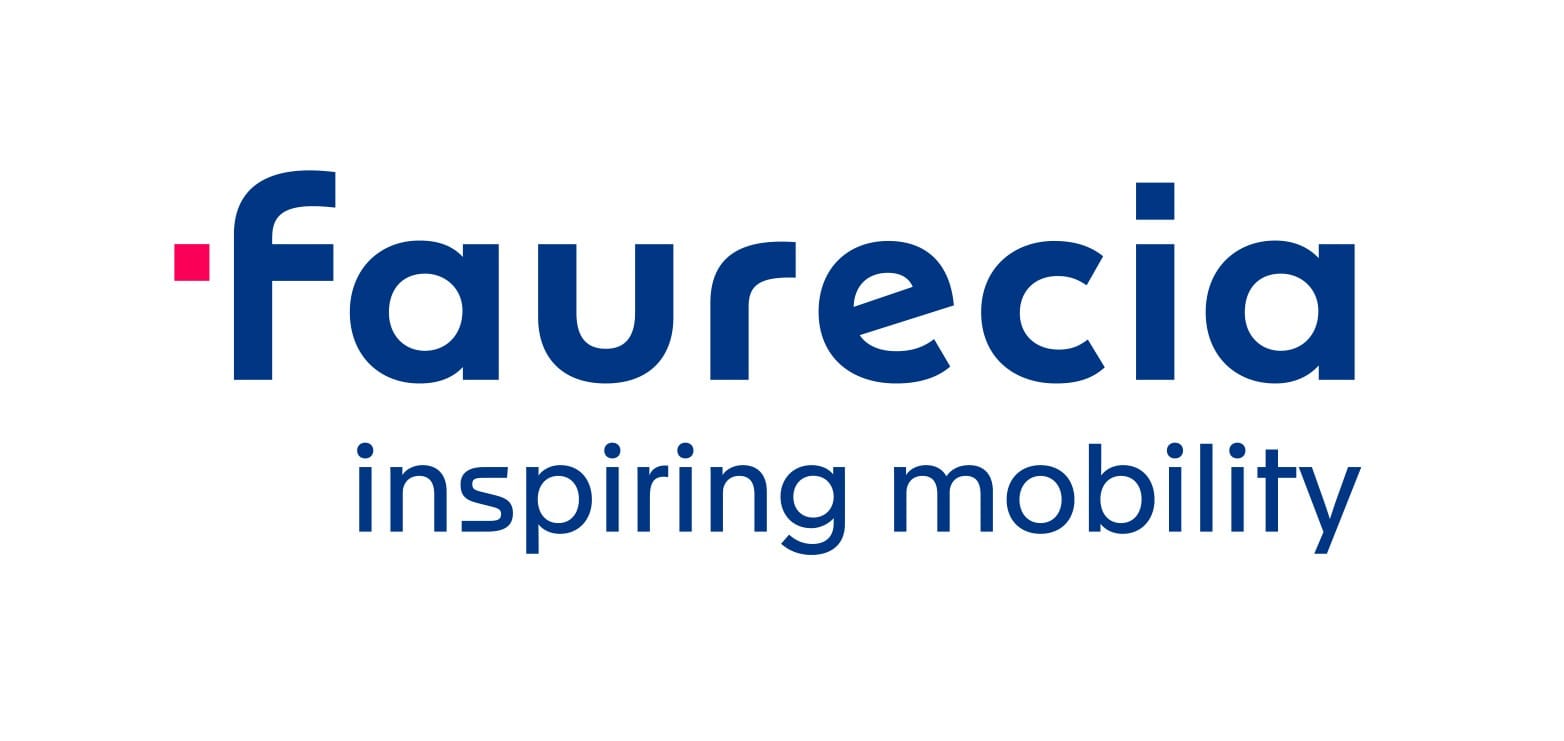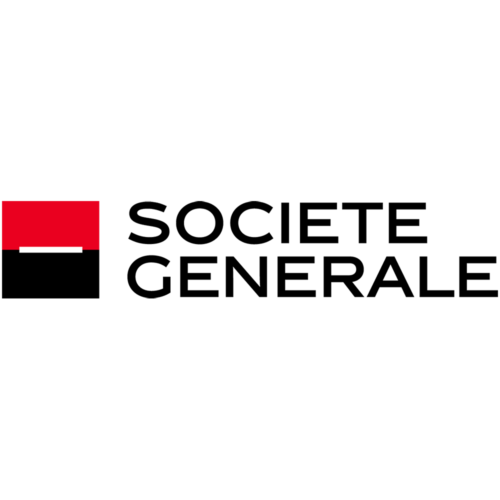“How might we identify language discrimination within a team through data and analytical insights for managers to understand?”
Effective communication has become more critical in today’s globalized world. Writing is one of the essential communication tools, and as the globe becomes more interconnected, the need for perfecting language skills and writing abilities has increased. That’s where Grammarly comes in.
Grammarly is a startup based in Ukraine that has been helping millions of people worldwide improve their language skills and writing abilities. However, the company has faced an issue of language discrimination among users and management teams on a peer-to-peer basis—a dedicated team of Berkeley students through Schoolab to take action and address the problem.
When they tested the tool to work using a data-driven approach to provide suggestions on inclusive language and wording, the team recognized that language discrimination could occur when certain words or phrases unintentionally exclude or marginalize certain groups of people. A few examples were the software used gendered language such as “guys” or “businessmen or misused pronouns. This exclusion can hurt communication amongst management teams, lowering productivity and a sense of company belonging.
The team used data to identify problematic language patterns to address this issue and then developed a tool that suggests inclusive language and wording. By using this tool, individuals can avoid using words or phrases that may be insensitive or offensive to specific groups, ultimately fostering more positive communication and relationships.
The tool is designed to be user-friendly and accessible, making it easy for anyone to incorporate inclusive language into their writing. When using the feature, the user will be presented with suggestions on how to rephrase sentences or choose alternative words that are more inclusive. This approach benefits management teams that need a tool to measure effectiveness and ensure that team members use inclusive language.
The team spent months gathering data and analyzing language patterns to accomplish this. Side by side created a strategy significantly impacting individuals, organizations, and businesses. By extension, many companies have begun incorporating the tool into their communication strategies, ensuring that their language is inclusive and reflects their values.











